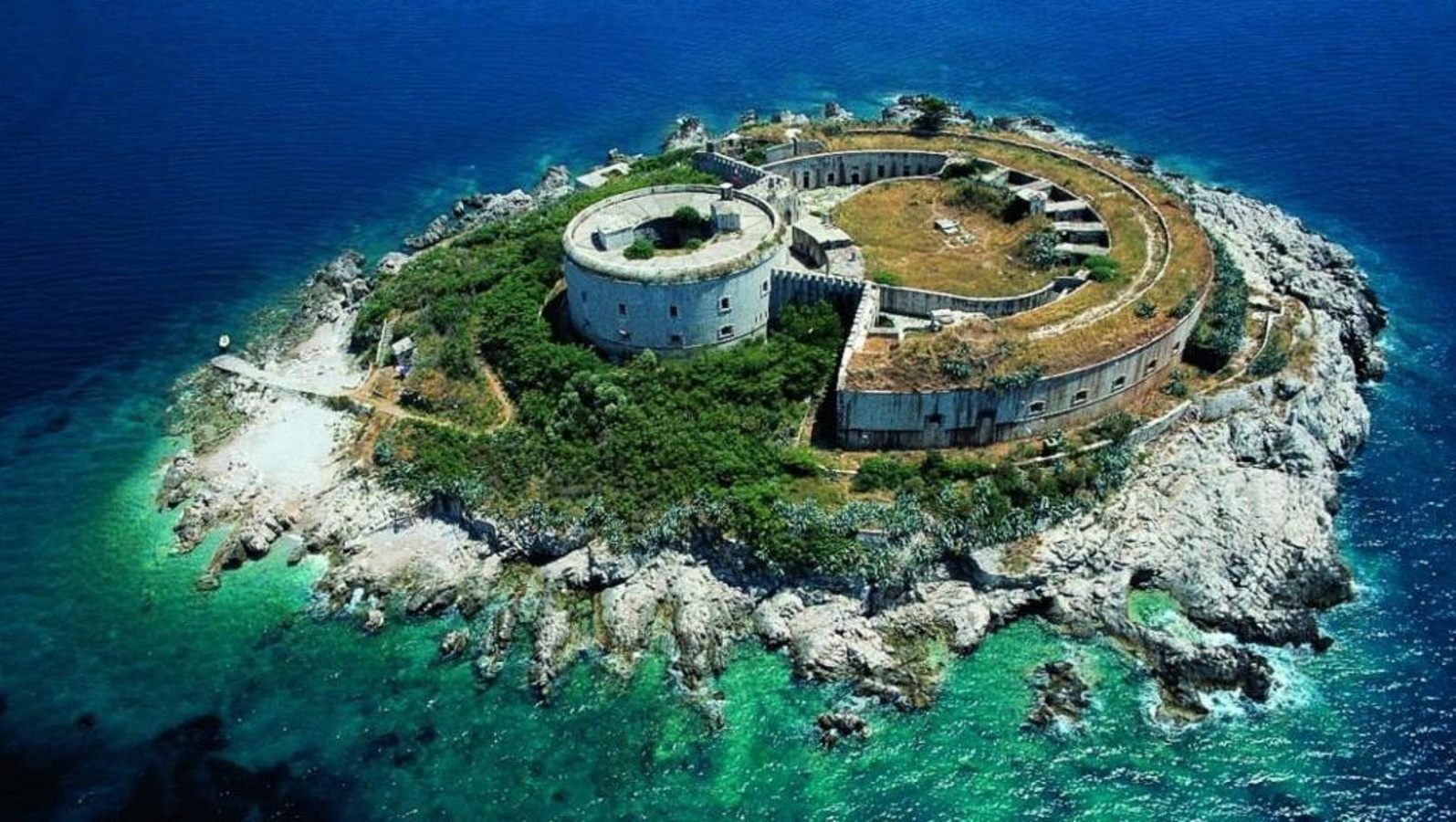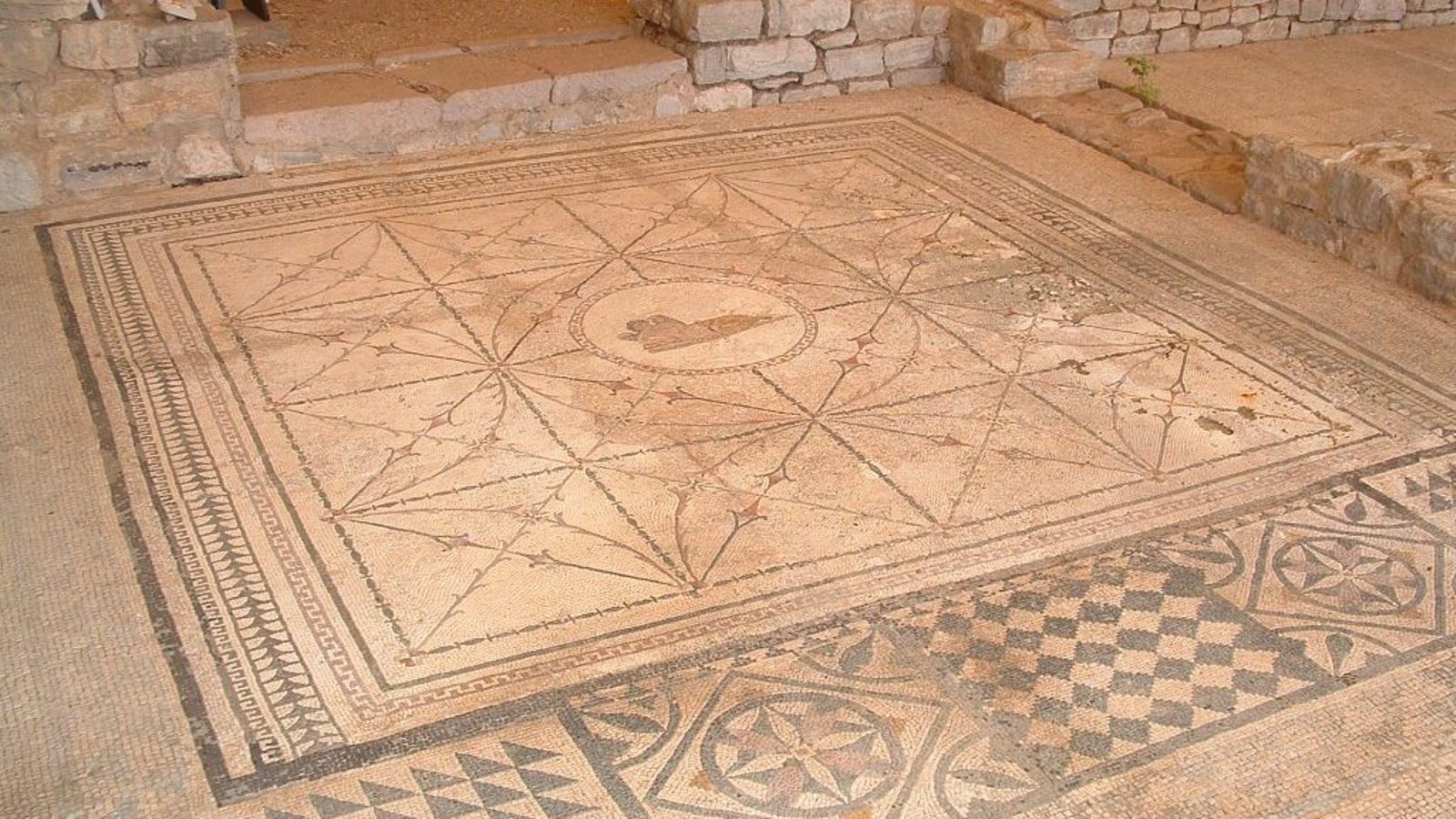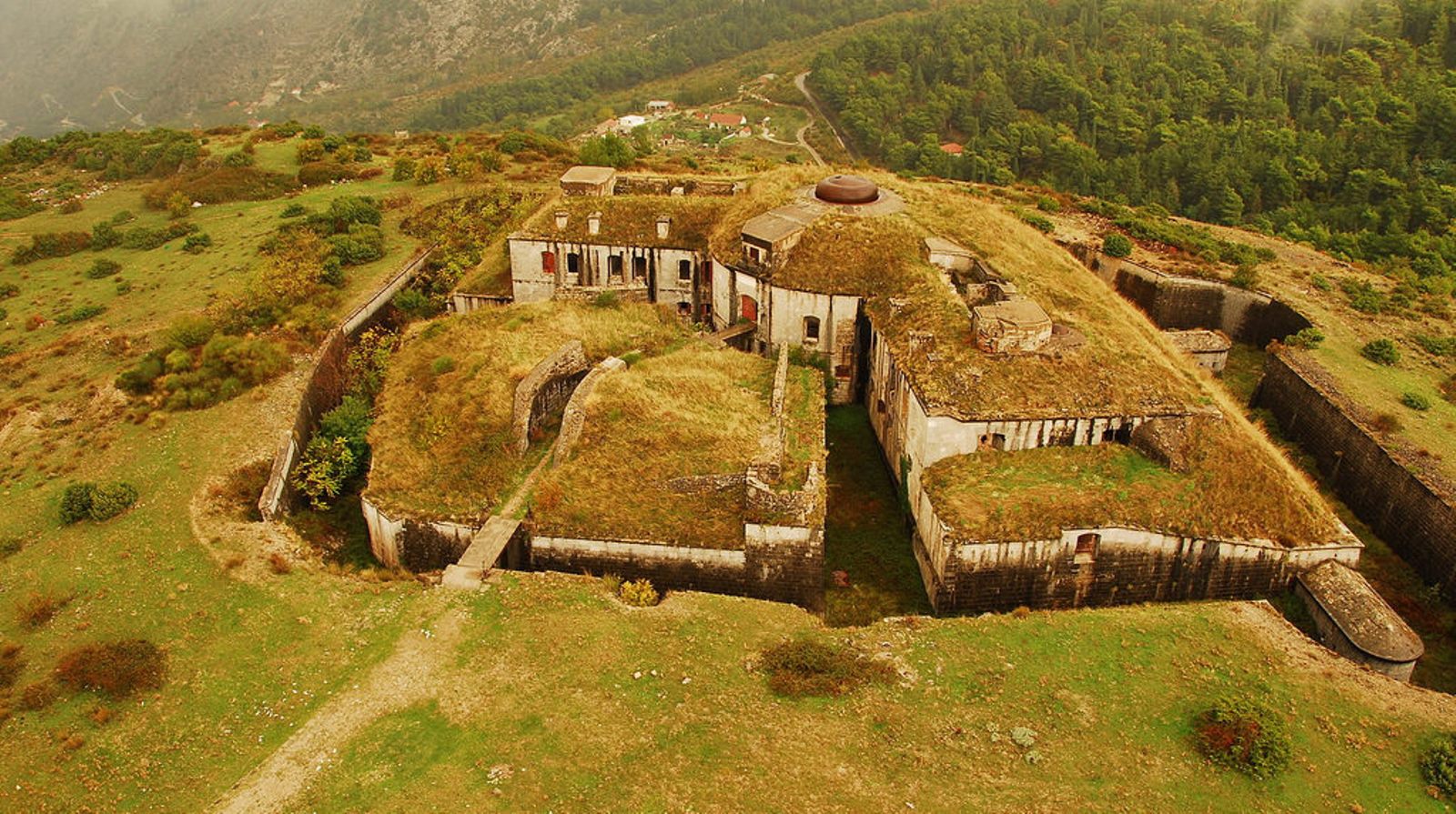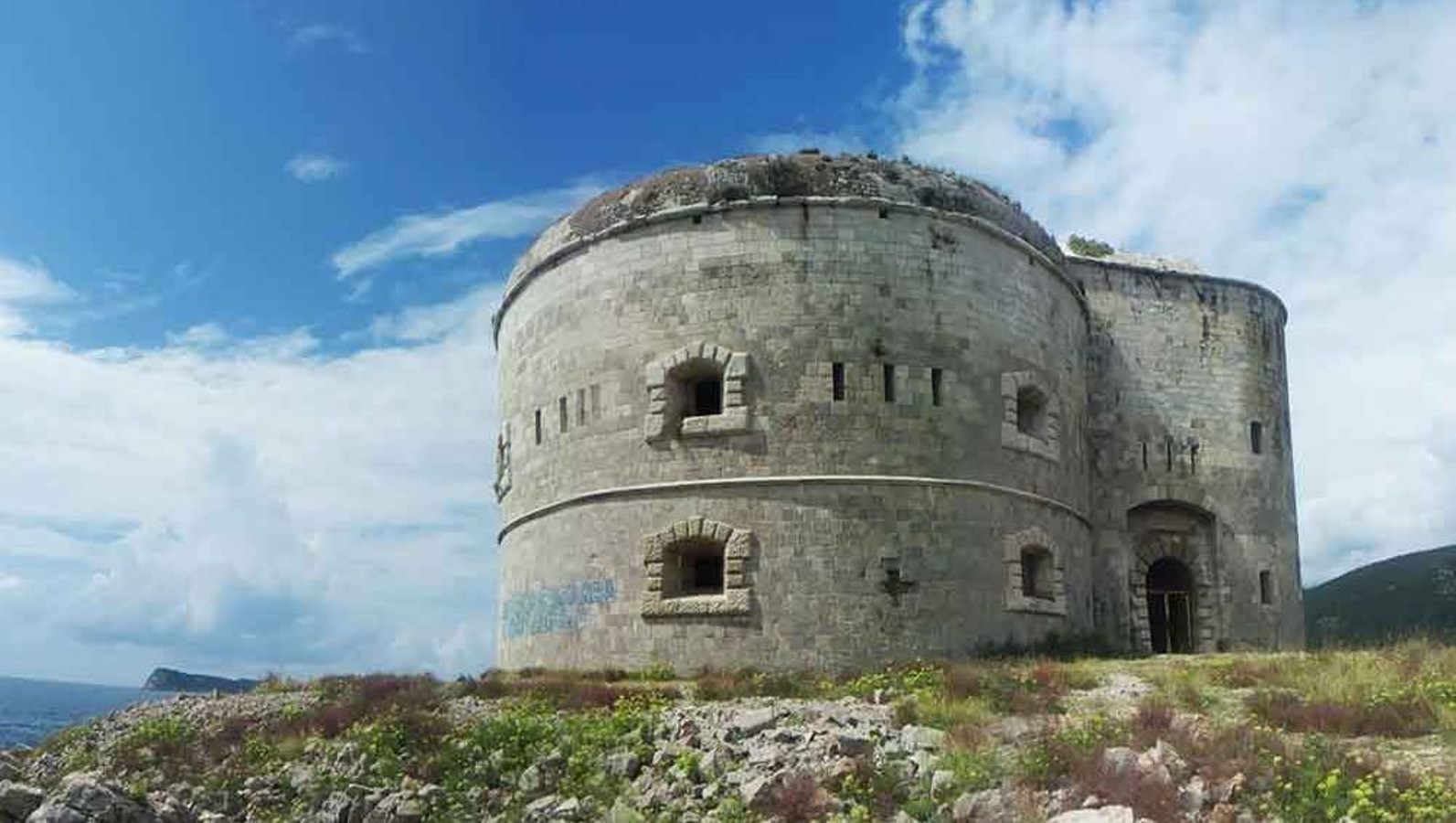#1.Austro-Hungarian forts in Mamula and Arza

Photo credit: labostaenglish.files.wordpress.com
The Mamula Island is in the Adriatic Sea at the entrance to the Bay of Kotor and is dominated by a circular shaped fort that was built in 1853. General Lazar Mamula was responsible for erecting this fort as well as the Arza fort on the Cape of Mirište. Mamula was a general in the Austro-Hungarian army. In the 2nd world war this island fort was used as a cruel concentration camp.
For years the ruins of this fort was unused and stood empty. At present the fort is being renovated and turned into a luxury holiday resort that will retain the shape and materials of the original structures but little else. The Arza fort is a taller and smaller circular structure on an island on the Cape of Mirište. It too is an example of the Austro-Hungarian architecture. With its circular structure it guaranteed a 360-degree view of the sea.
Both of these forts can be seen from Žanjica Bay on the Luštica peninsula.
#2.Roman Mosaics

Photo credit: panoramio.com
Risan was occupied by the Romans from the 1st to the 4th centuries AD. One of the constructions erected by the Romans at this time was a villa with elaborate mosaic decorations. These mosaics were discovered as far back as the 1800s and in the early 1900s Risan was transformed into an archaeological site where a complex covering 790m² with five rooms was uncovered. The ruins and the mosaic decorations were conserved and put on display. Further mosaics were discovered in 2004.
Today there is a museum in Risan dedicated to displaying all the artifacts that were discovered during these extensive excavations.
#3.Trašte

Photo credit: c3.staticflickr.com
Trašte is a fort that was built by the Austro-Hungarian empire on top of Grabovac Hill. Unlike the island forts this one is rectangular-shaped. It was built on this hill in the early 1900s and overlooks the Bay of Trašte and Tivatsko Polje. It was built to protect a strategic route between Budva, Kotor and Tivat. With the introduction of powerful and long range artillery guns this fort played a pivotal role in protecting the area against any attack by sea or from the mountains.
The fort was bombed during World War I but was not destroyed. It was, however, abandoned in 1918 and never used again. The ruins and certain moving parts have remained and are now a tourist attraction, although not a popular one therefore nothing has been renovated or modernized.


